When Apple disbanded Project Titan last month, it marked the end of the tech giant’s long-standing goal of getting into the automotive business. But just how far back did that dream begin – and how much did Apple invest? Apparently, much further back than was previously known. And it spent far more than previously reported on its failed attempt to launch a line of self-driving EVs.

The scope of Project Titan has expanded and contracted over the years, including just being operating system for automakers.
It ended not with a bang but a collective whimper. The roughly 2,000 team members working on Project Titan called together to hear from Apple Chief Operating Officer Jeff Williams and Kevin Lynch, the vice president overseeing the effort also known internally as T172. The company was pulling the plug on the program, the two executives revealed, while also disclosing that a substantial number of team members would be cut loose — though some might be offered work elsewhere within the Apple empire.
To many, sources said, it came as little surprise. Working on Project Titan was the ultimate in corporate roller-coaster rides, with breathtaking highs and breakneck lows. Barely a week before the announcement several senior members of the team, notably DJ Novotny, Apple’s vice president of hardware engineering, had abandoned ship. Yet, considering Titan’s long history, many still thought it would somehow still survive and eventually lead to the sort of breakthrough product the tech company was known for.
It wasn’t to be. Apple had finally realized it would never be a player in the hotly competitive automotive market — a dream that dates back much further than has previously been reported. The costs were far too high, the potential payoff simply not rewarding enough.
Jobs eyes GM
As much as for products like the iPhone and Mac computer, Apple is known for its incredible secrecy. But some until now unknown details on Project Titan have been leaking out. And one of the big surprises is that the company’s dreams of getting into the car business date back years early than previously reported.
Before his death in October 2011 at just 56 years old, Steve Jobs was convinced Apple should dominate the tech world, particularly in places where people spend a lot of their time, whether at home or office — or in their cars. In 2008, he saw a potential opportunity for a quick and relatively cheap way to make that happen, floating the idea of buying General Motors as it started its plunge into what would eventually become a filing for Chapter 11.
But with the Obama administration determined to bail out the automaker, that never happened, according to a new report by the Bloomberg news service.
Apple goes it alone — initially
Jobs’ death shook things up at Apple and dumped an array of issues onto the desk of his successor, Tim Cook. But, three years later, according to comments made by insiders over the years, he gave informal approval to a small team beginning to look at ways to launch Apple’s own automotive project. Cook gave the official go-ahead in 2017, though it would be several more years before he publicly confirmed what was known inside as Project Titan.
Yet, from the start, the project’s fate was far from certain, in part due to mounting costs. Even for a company with about $61 billion in ready cash, the price tag was steep, according to Bloomberg, Apple was pumping at least $1 billion annually into Project Titan – but seemingly getting little for that money.
Like so many others looking to create an autonomous vehicle, each step forward was followed by several steps back, Headlight.News was told on numerous occasions. Coming up with technology that could operate without driver input under all circumstances looked increasingly further off into the future — if it would ever be possible.
More Auto Tech News
- Farewell Titan: Apple abandons its autonomous EV program
- Afeela Evolved — Sony and Honda Reveal Their Updated EV
- Mercedes’s Drive Pilot, World’s First Level 3 Autonomous System, Goes on Sale in the U.S.
Looking for a partner
Even the seemingly basic process of building a vehicle started looking anything but simple to the Project Titan bosses. It’s certainly not a unique discovery. Tech rival Sony also recognized the challenges and, while it was determined to move ahead, it chose not to go it alone. Its new Afeela brand will be a joint venture teaming it up with Honda, the Japanese car company doing the basic vehicle design and manufacturing, Sony developing the more high-tech elements of the vehicle.
According to insiders and various news reports, Apple repeatedly rethought its approach to Project Titan, at times going flat out to develop its own vehicle, at other times focusing just on coming up with technology it could license out. It also considered a strategy similar to Sony’s, and reached out to potential partners.
As Headlight.News previously reported, a deal with Hyundai seemed very near to fruition around the beginning of this decade. The South Korean carmaker even began discussing the talks openly. But that alliance never panned out and several sources in the know suggest that Hyundai’s open approach rubbed the secretive Apple the wrong way.
Eventually, reports Bloomberg, Apple talked to a number of other manufacturers, including BMW, Ford, Mercedes-Benz and Volkswagen, without coming up with a deal. It even tried reaching out to Tesla which was widely considered its most direct competitor, at one point raising the prospect of buying the company.
Nailing closed the coffin
Apple wasn’t ready to call it quits. By early this decade it finally had a prototype of a four-set microvan that was known — not all that lovingly — as the Bread Loaf. And it even purchased the old Chrysler Proving Grounds near Phoenix to test an eventual, full-sized model.
But, by then, it was feeling the impact of Titan’s fits-and-starts. Some of the team’s biggest talents moved to other Apple programs or left the company entirely. That included the project’s leader Doug Field, who moved to Ford in 2021.
Making matters worse, Apple’s cost projections had risen astronomically. It originally hoped to charge no more than $85,000 for the vehicle — putting it into the same class as the Tesla Model S. By the end, the projected starting price had ballooned to at least $120,000, reported Bloomberg.
Pulling the plug
“Everybody from (the high-tech) world just looks at it and thinks, ‘Oh, these dinosaurs, we can come in, this is easy, what could be so difficult? We manufacture phones and we have all this technology, we can take it over,’” Jeff Schuster, global vice president of automotive research at consultant GlobalData, said in an interview with Automotive News. “Nine times out of 10, most find it a little more challenging and certainly more dynamic and complex than they expect.”
While Apple all but pulled the plug on Project Titan several times in the past, insiders say there’s no going back at this point. It has too little to show for its money. It has lost its key talent. And it has seen how difficult it is for other startups, even those with established automotive talent, to get into the game. While the tech giant is still looking for new projects to rival the iPhone and Apple Watch, the automotive market seems to be off of its list.

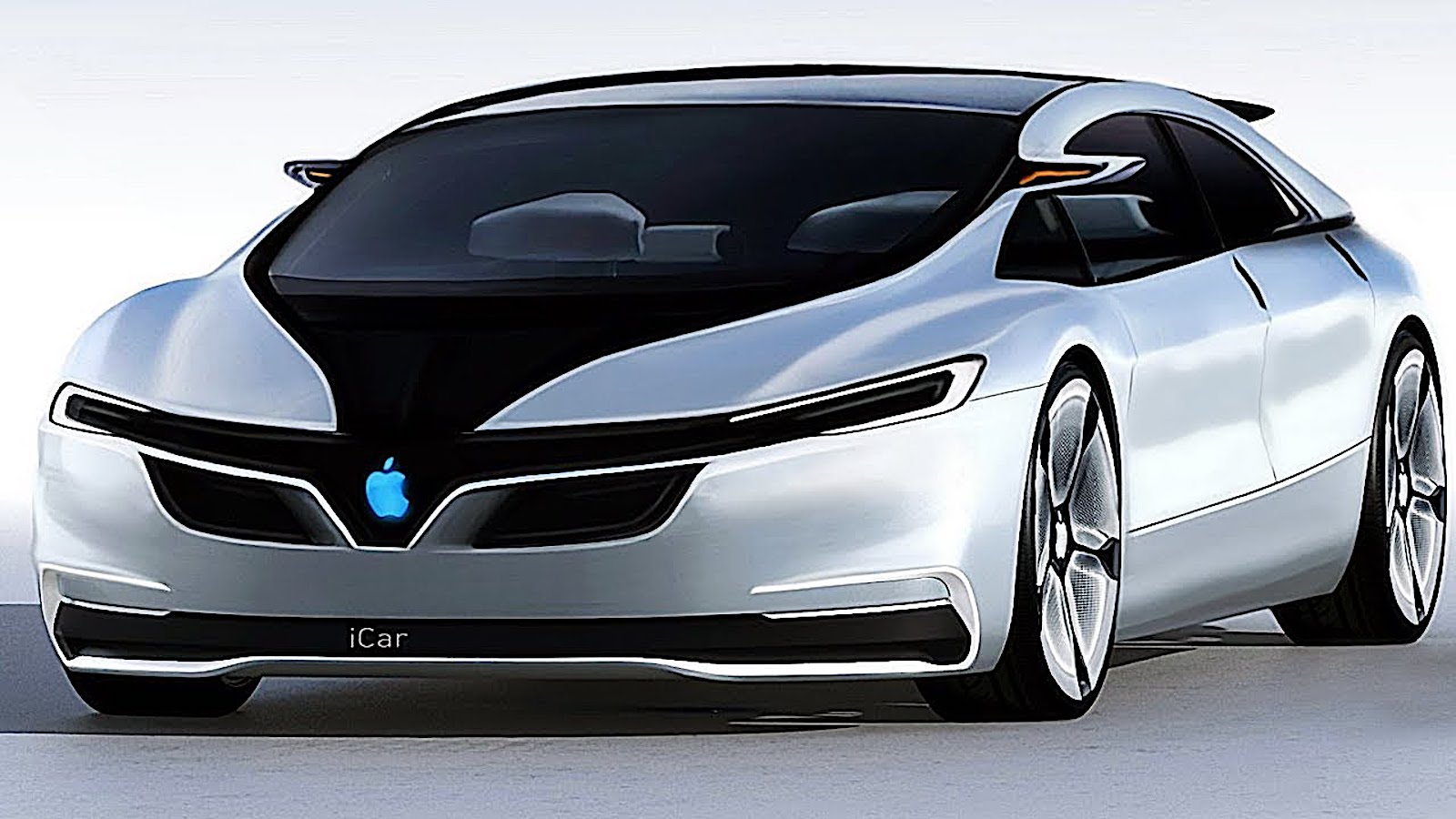

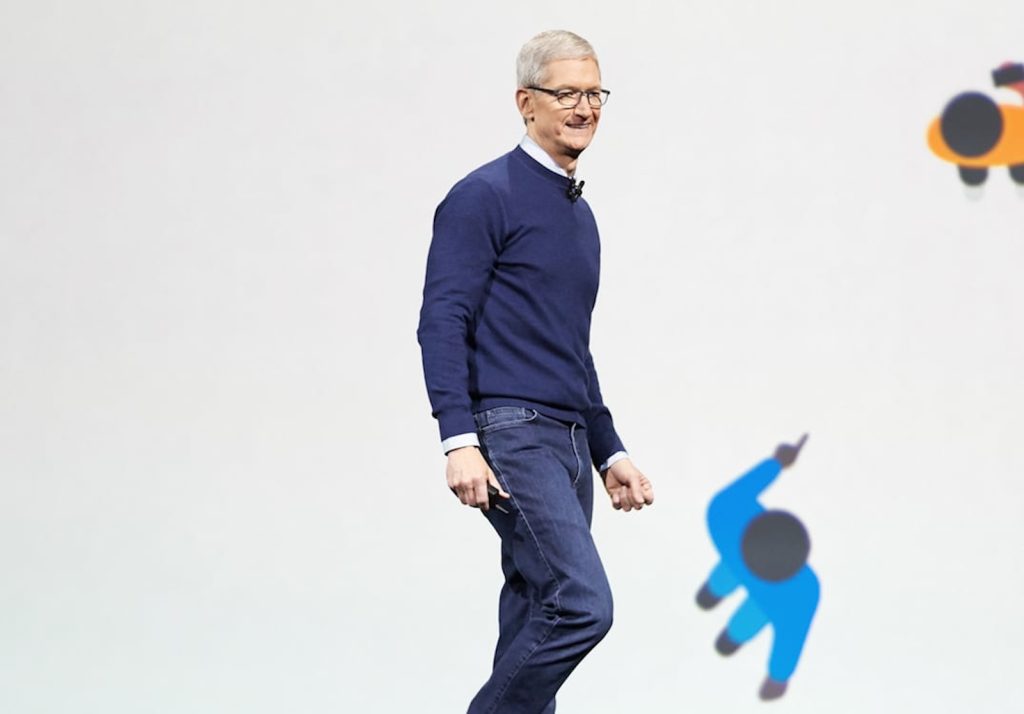
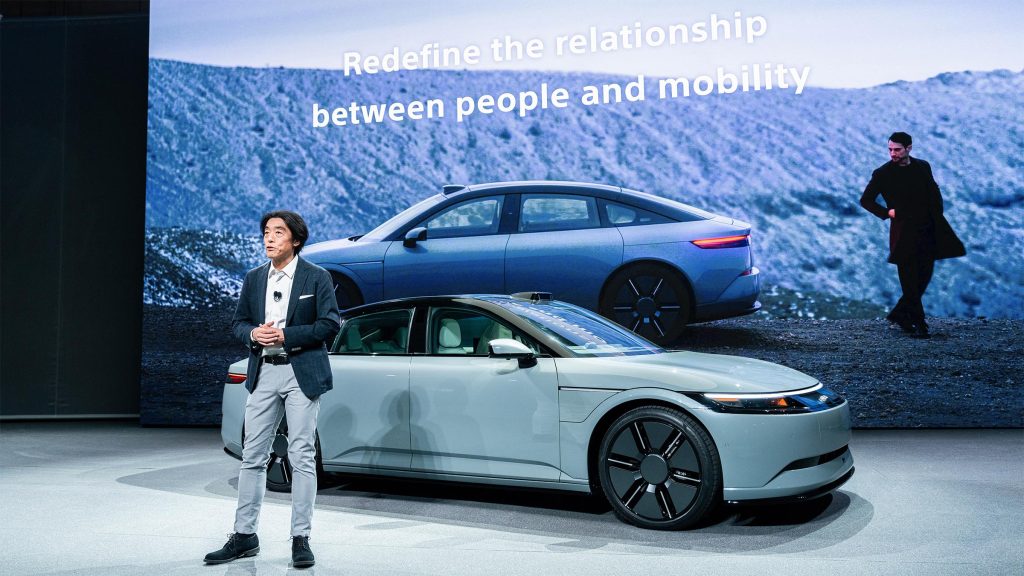
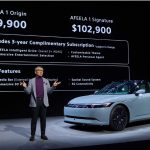

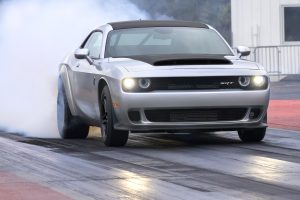
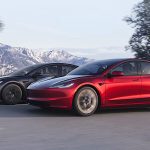
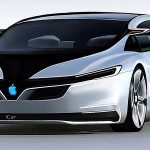

0 Comments